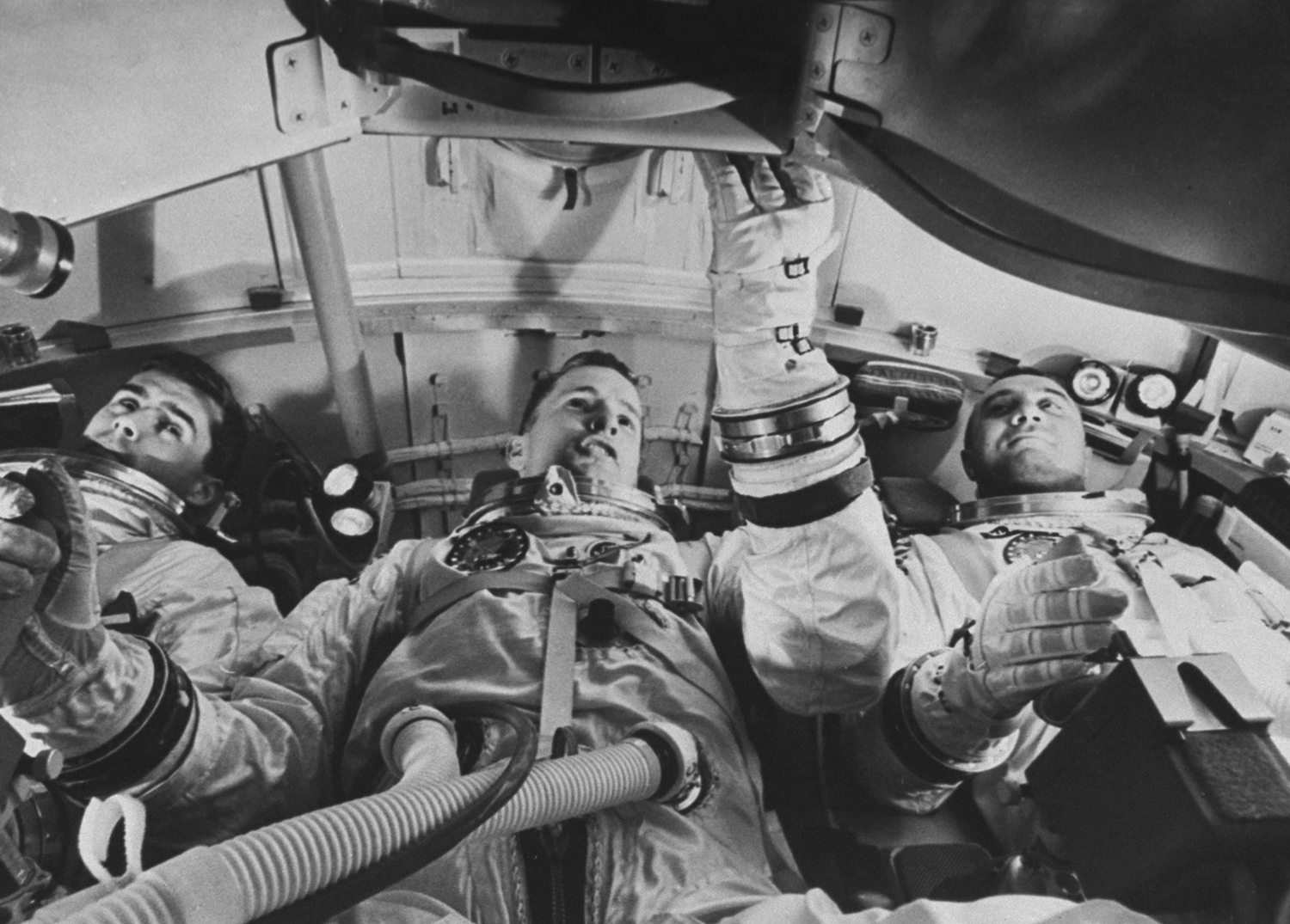
Men and women have been rocketing into space from the Earth’s surface for the past half-century — long enough that much of the general public now views space missions as relatively safe, rote endeavors. Sure, inconceivably complex and technically nuanced projects like setting an SUV-sized state-of-the art roving laboratory on the surface of Mars — without breaking it — can still grab the world’s attention. For countless people, however, when it comes to manned missions like the discontinued Space Shuttle program or flights to and from the International Space Station, the thrill is long gone.
But the business of space exploration is not, and has never been, safe. Explosions, fires, parachute failures and other disasters have left scores of astronauts, cosmonauts, test pilots and crew workers dead and wounded through the years. Some (Challenger and Columbia, for example) are spectacular, terrifying catastrophes. Others are smaller, quieter calamities — but for anyone involved who survives, injured or not, the experiences are life-changing.
Here, LIFE.com recalls one of the worst disasters in NASA’s history — and its first public tragedy — when astronauts Gus Grissom, Ed White and Roger Chaffee died in a fire inside their command module on a Cape Canaveral launchpad on Jan. 27, 1967. As TIME’s Jeffrey Kluger (the author of Apollo 13) once wrote, when commemorating the three astronauts:
Test pilots can sense straightaway if they’re working with a good vehicle or a bad one, and the Apollo 1 crew . . . knew almost immediately that they’d been assigned to a stinker. By late 1966, the last of the sturdy, two-man Gemini spacecraft had flown, and NASA was rolling out the three-man Apollo ships that would, at last, carry men to the moon. The spacecraft were sweet-looking machines, but in test-runs on the pad, they were a mess. The electrical system fritzed, the communications died, repairs and upgrades were late in coming. . . . Most worrisome, however, was NASA’s insistence on continuing to use 100% pure oxygen in its atmospheric systems — an explosively flammable gas that had worked fine so far in the Mercury and Gemini ships but that could burn like gasoline in the presence of so much as an errant spark . . . Early one Friday evening, when the Apollo 1 astronauts were locked down in the spacecraft for a practice session out on the pad, just such a spark got loose from a frayed wire next to Grissom’s seat. In less than a minute, all three men were dead. For a while, it seemed, the Apollo program would perish too.
The program, of course, survived, and less than three years after the 1967 launchpad fire, Neil Armstrong, Buzz Aldrin and Michael Collins flew Apollo 11 to the moon and back — leaving human footprints on the lunar surface — in what some consider the signature triumph of the 20th century.
Liz Ronk, who edited this gallery, is the Photo Editor for LIFE.com. Follow her on Twitter at @LizabethRonk.


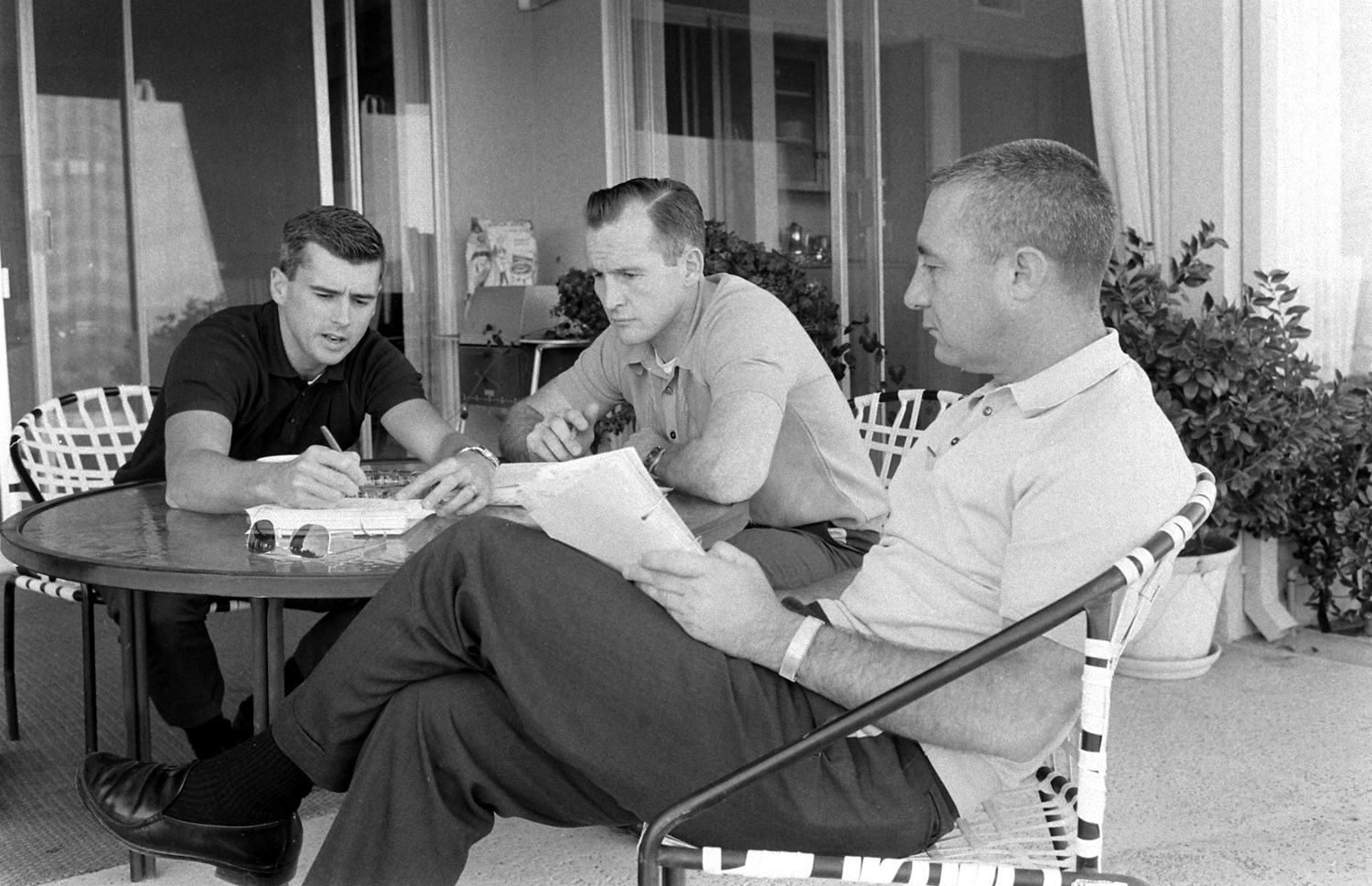
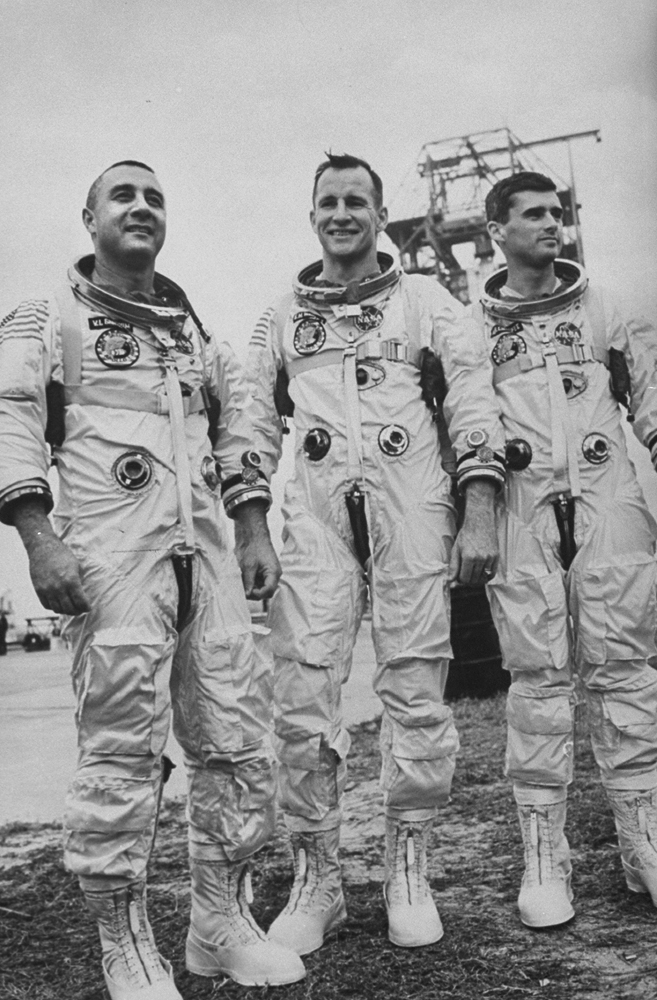
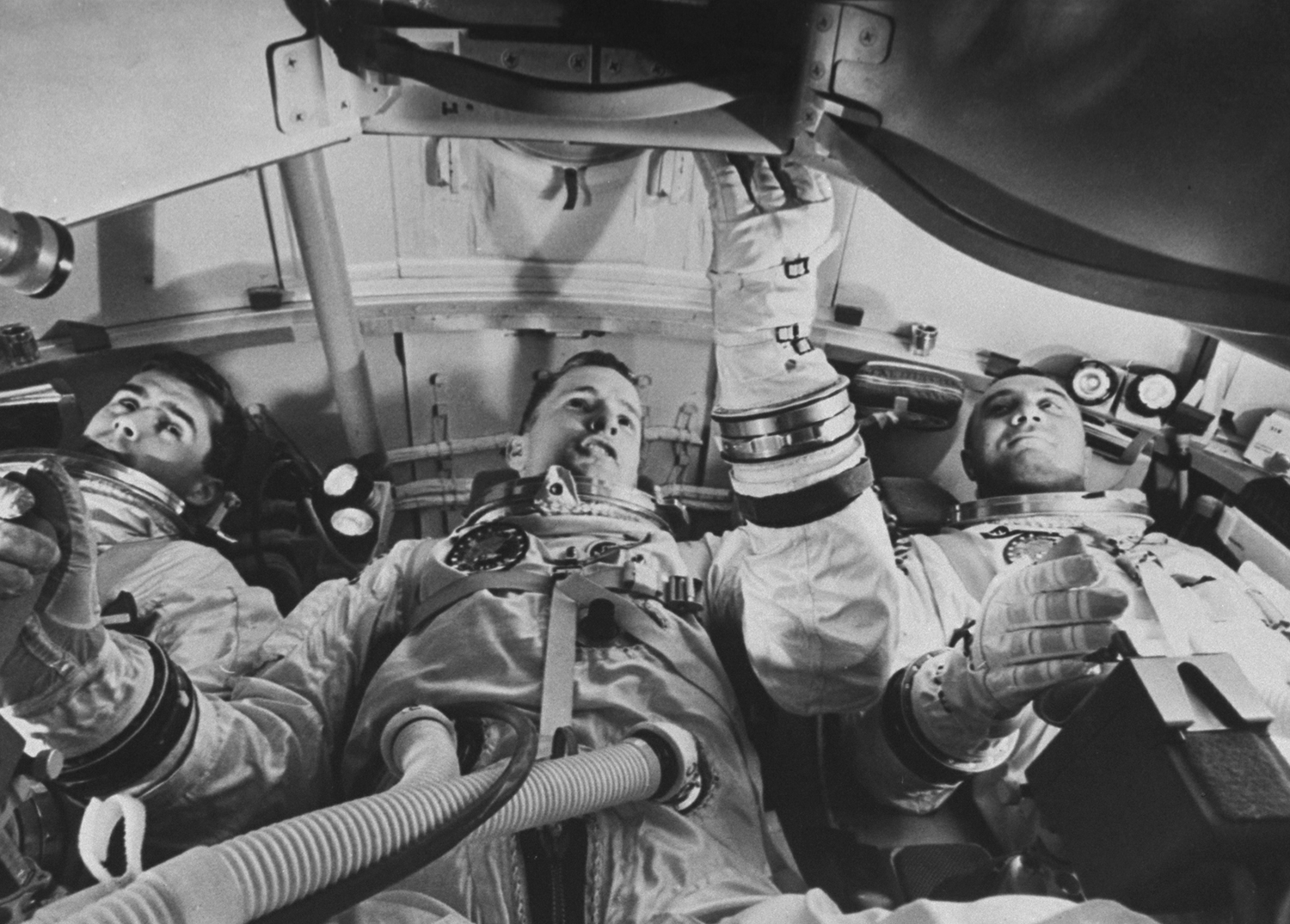
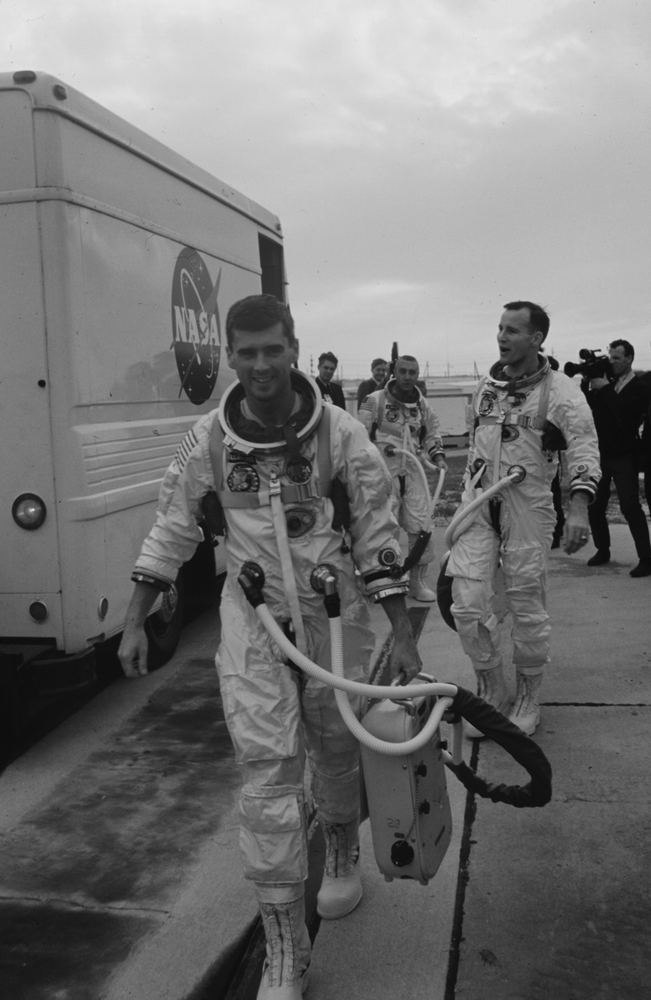
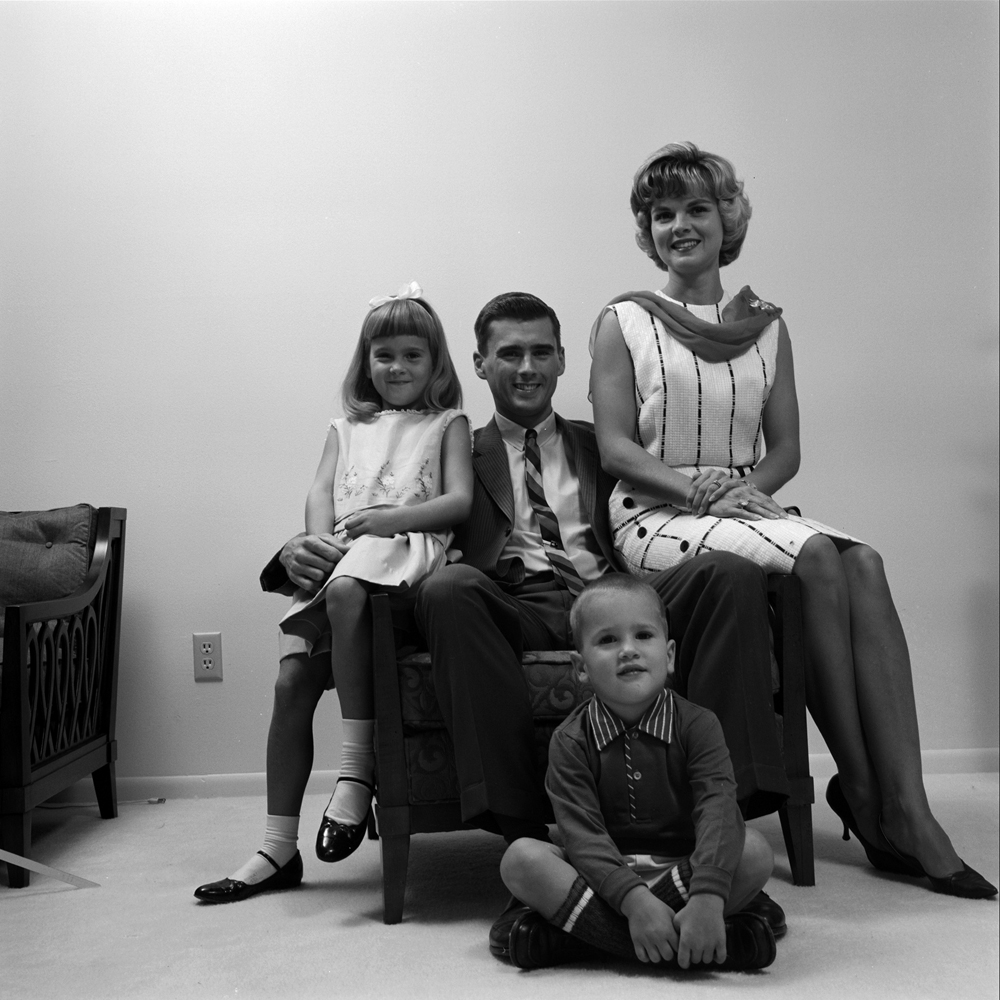
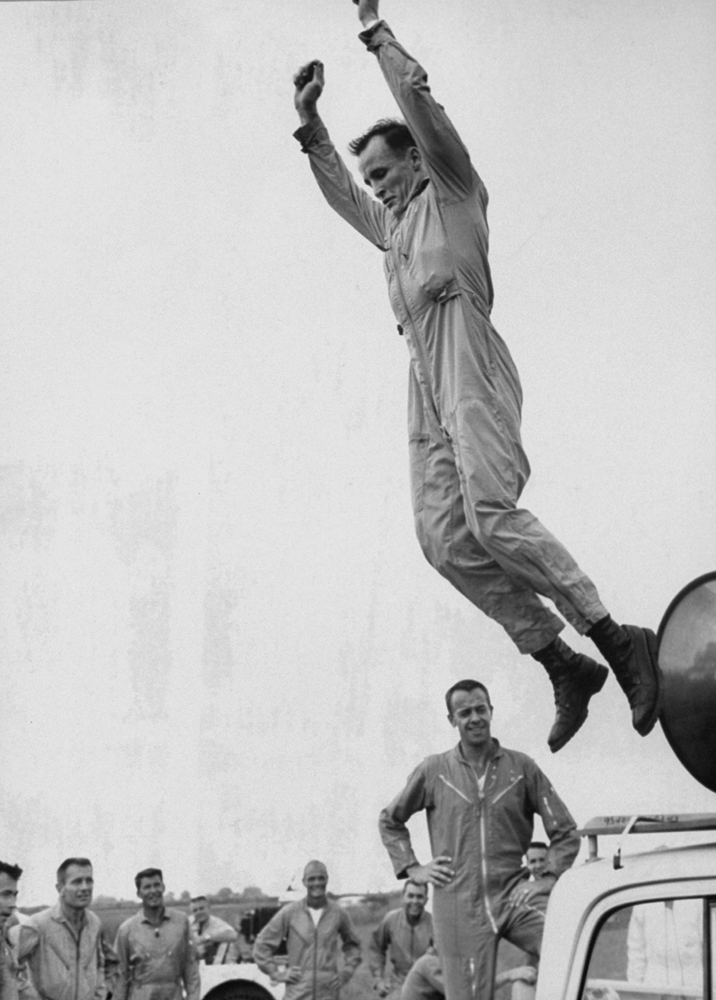
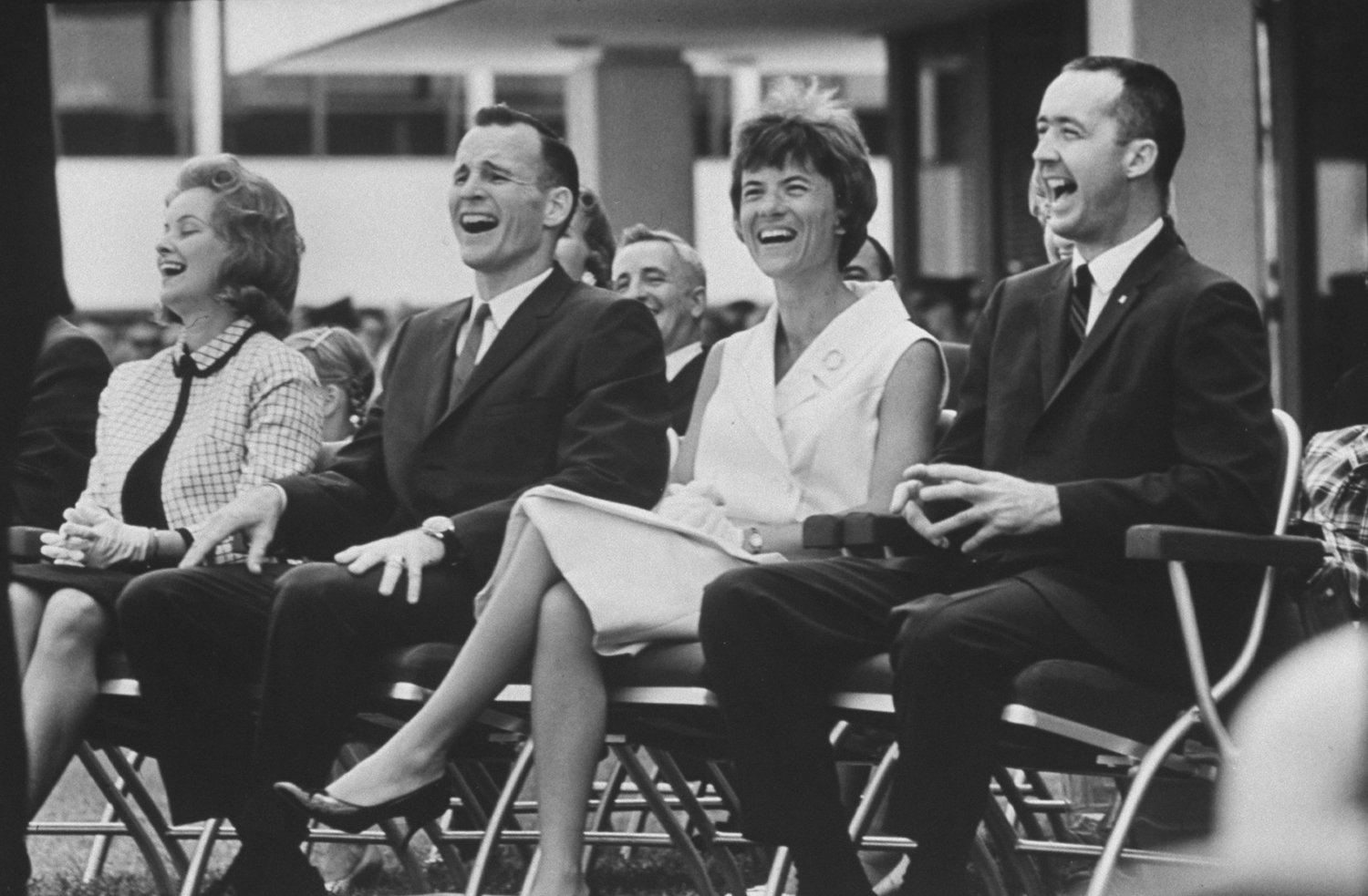

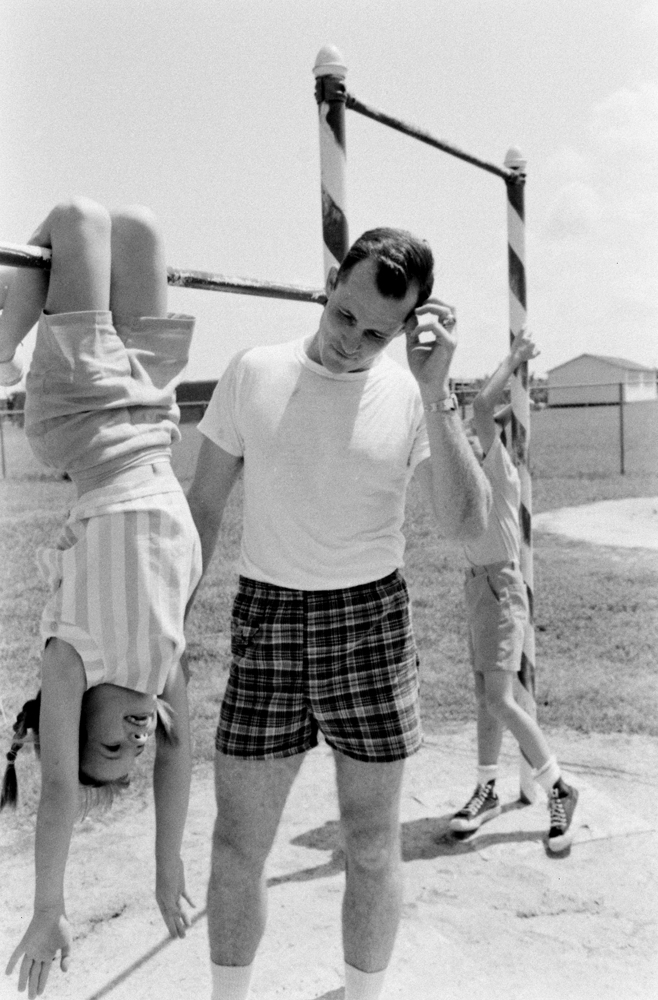
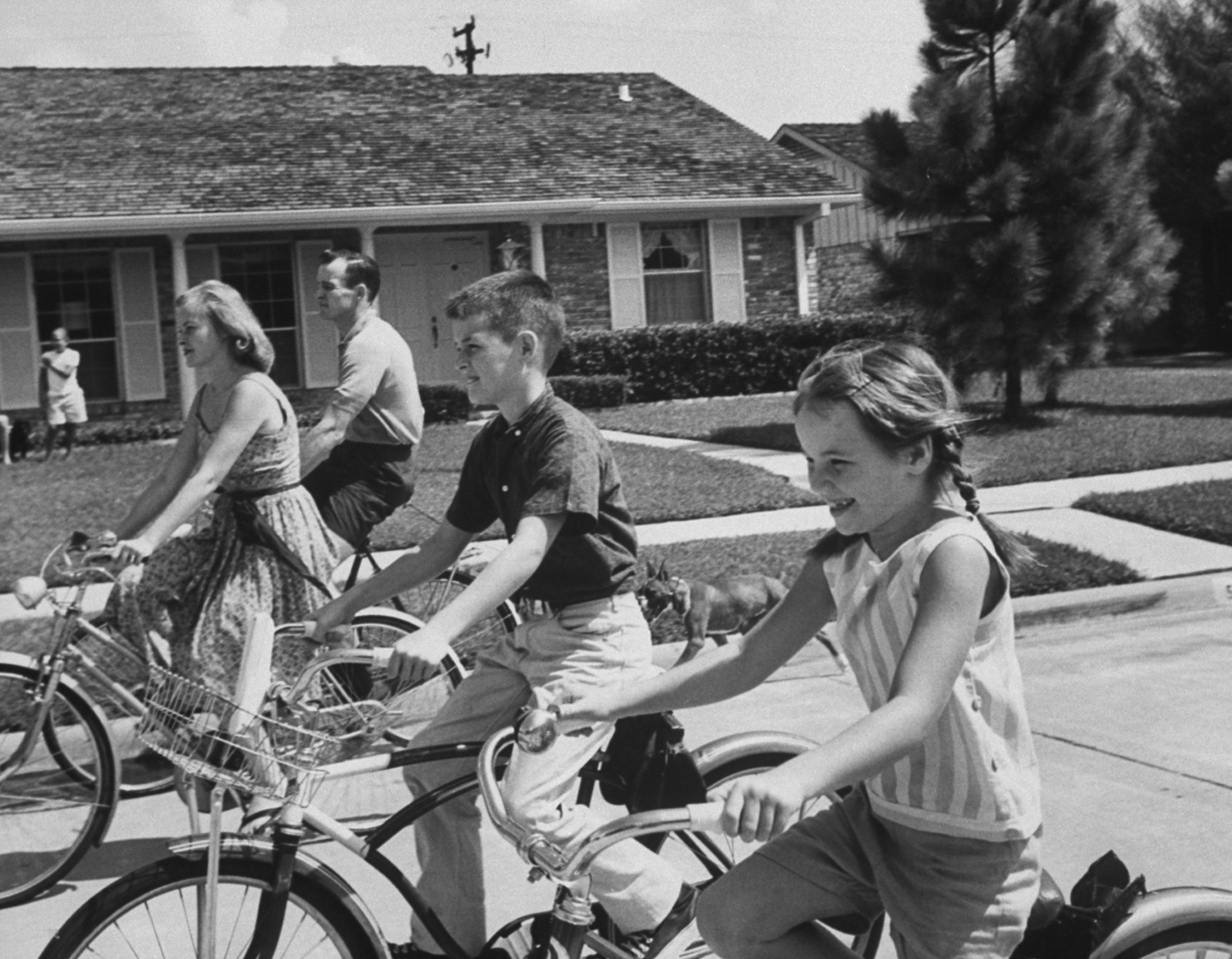
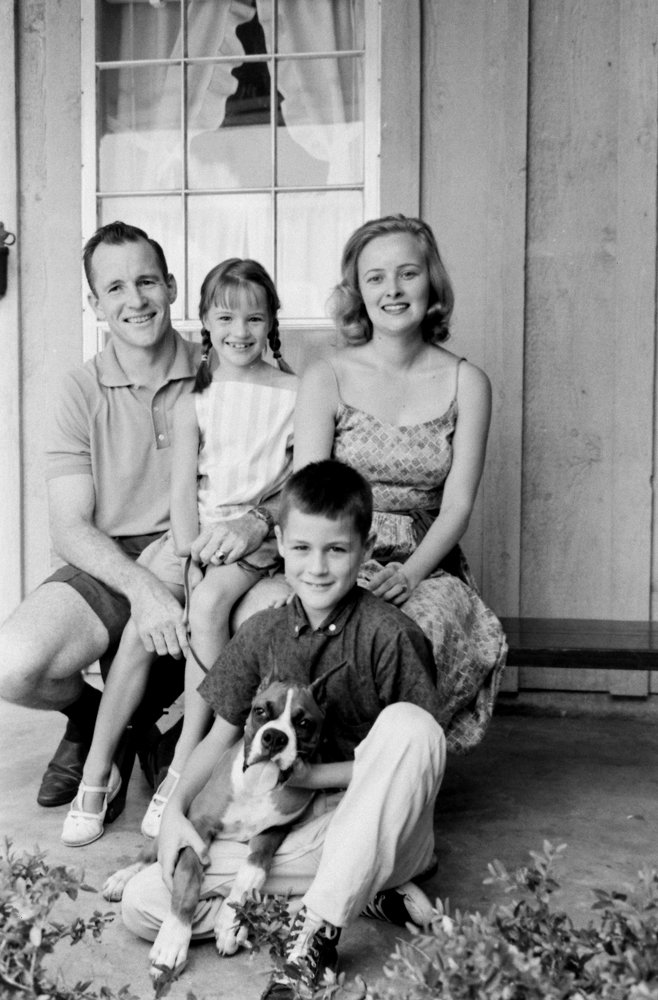
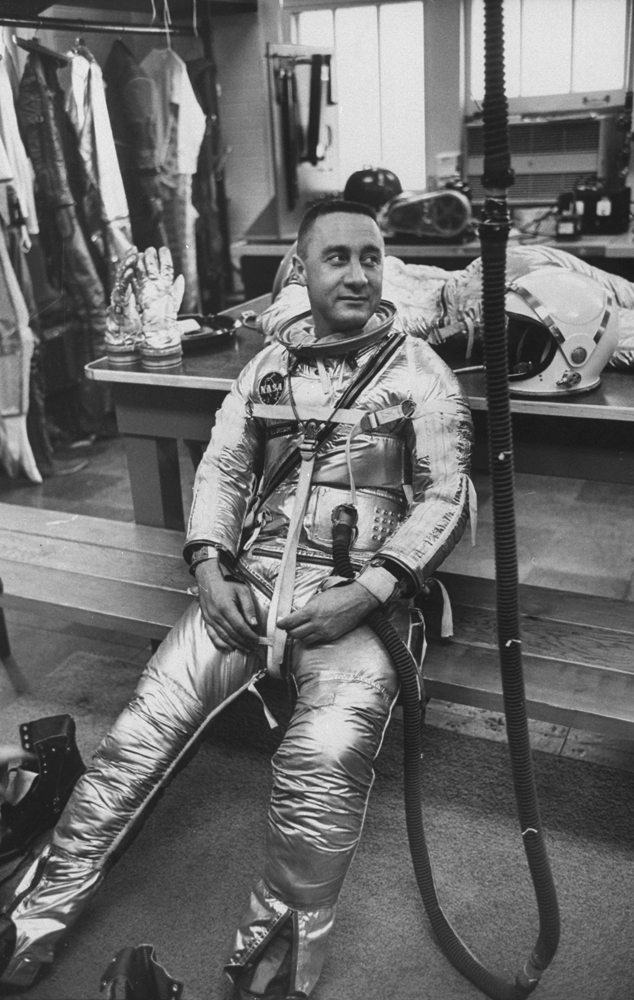
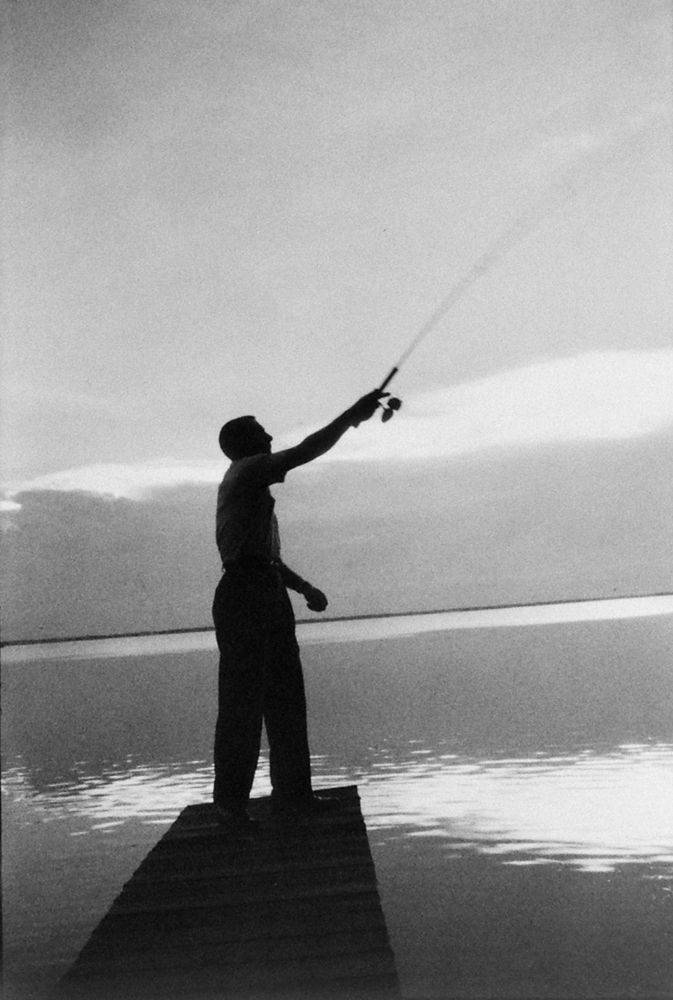
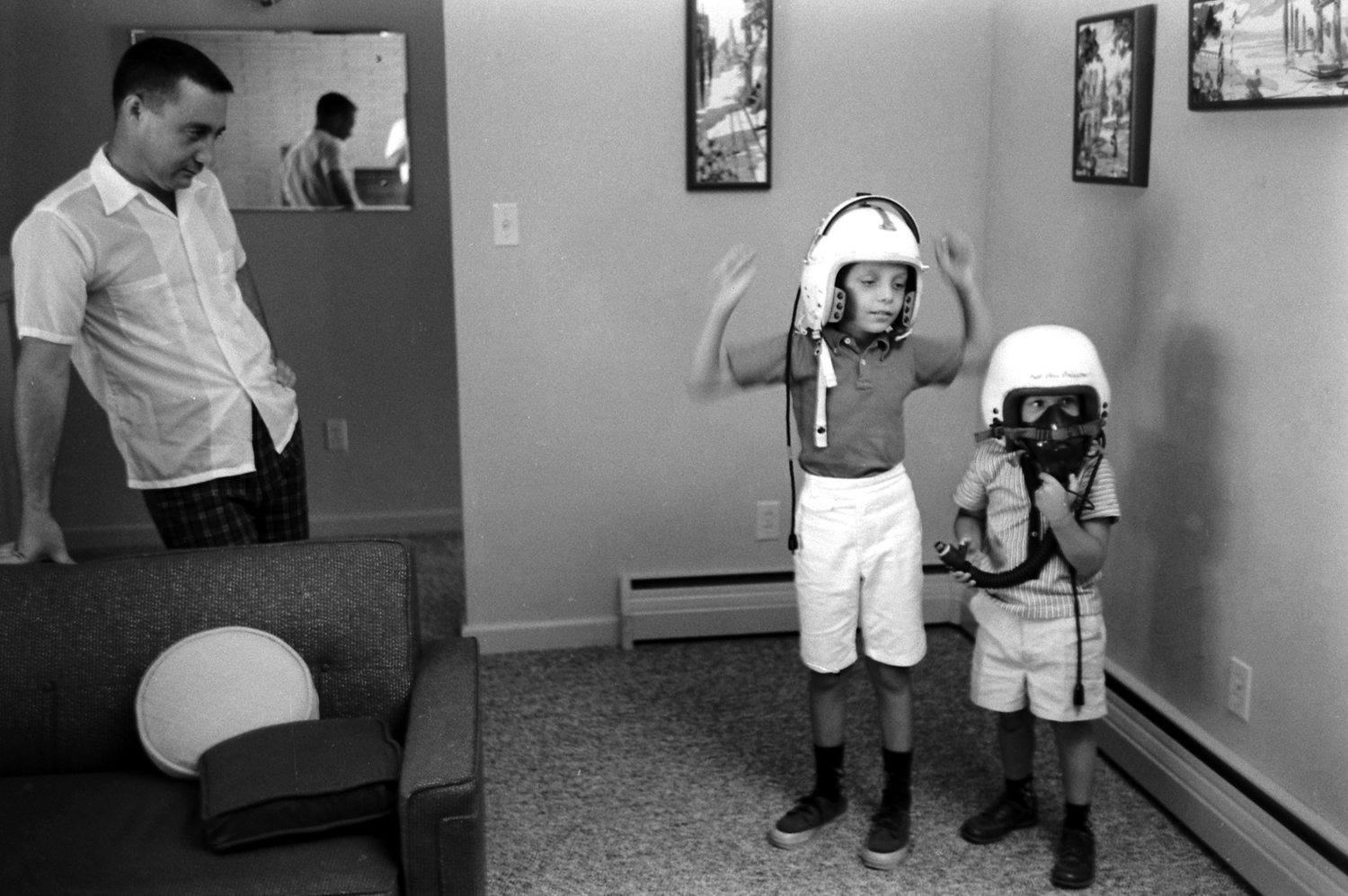
![114618284.jpg Home a hero after his successful 1965 mission in Gemini 3, [Gus Grissom] greeted his parents who came from Mitchell, Ind. for the flight.](https://api.time.com/wp-content/uploads/2014/01/140123-apollo-1-grissom-white-chaffee-17.jpg?quality=75&w=2400)

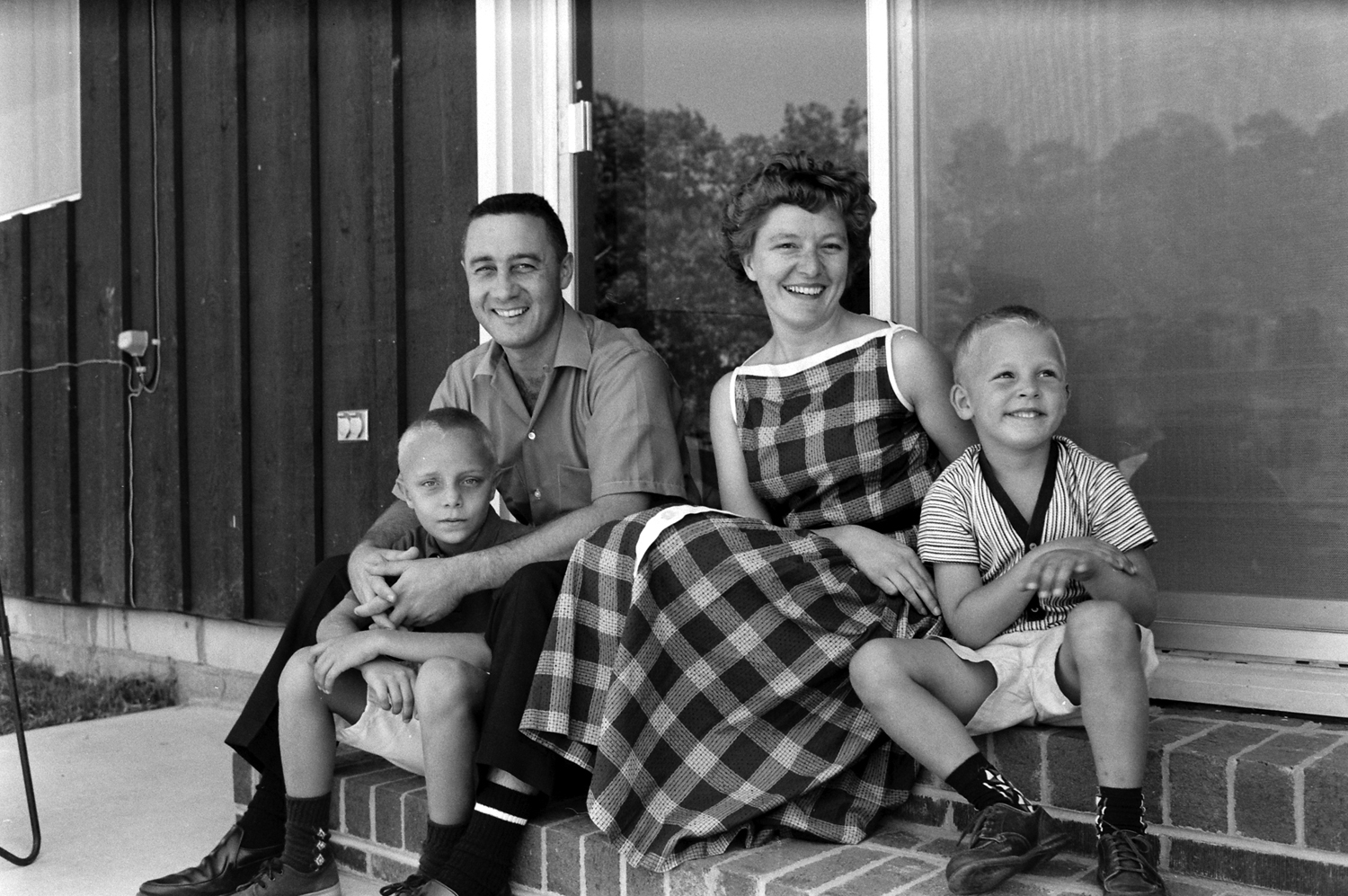
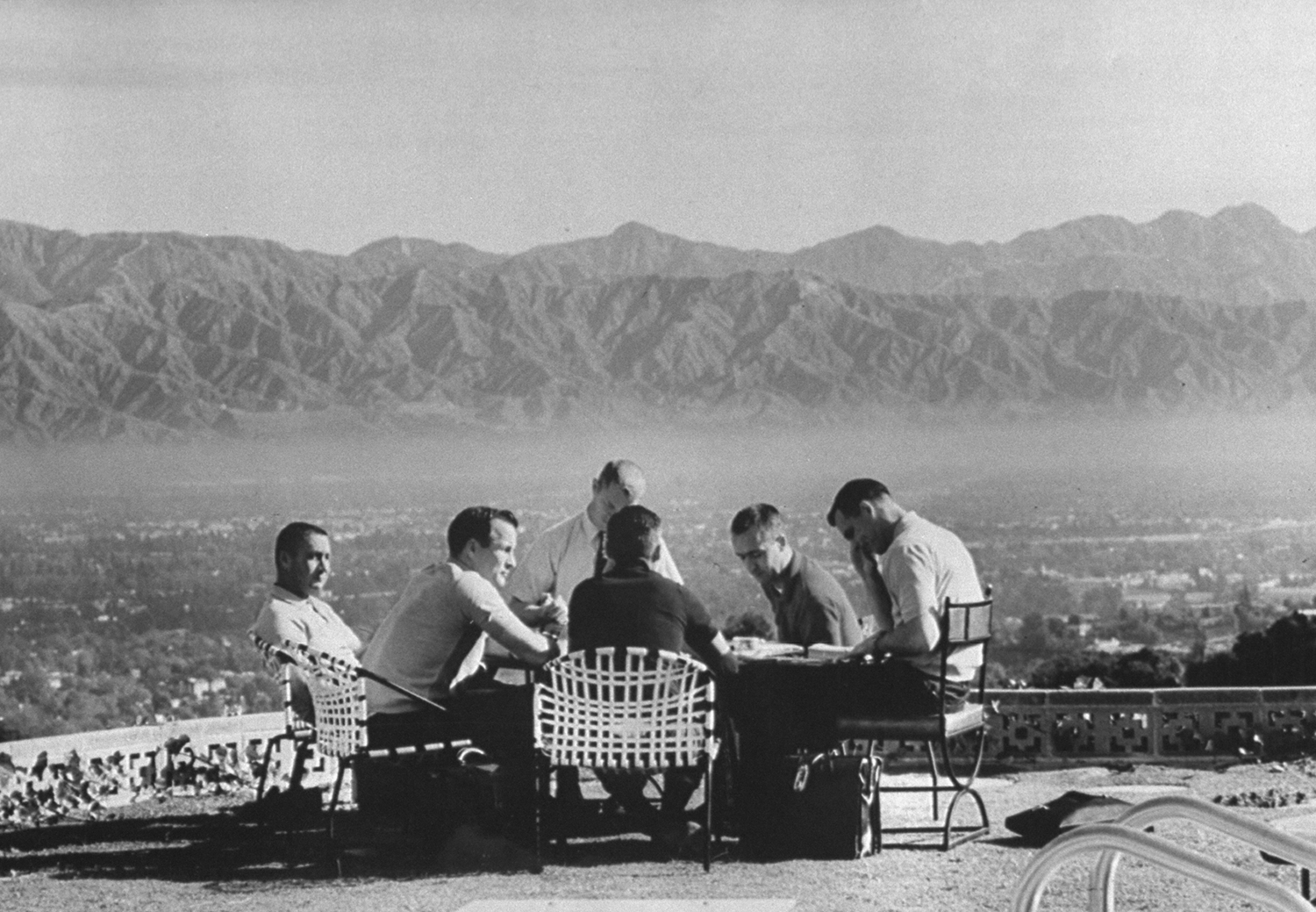

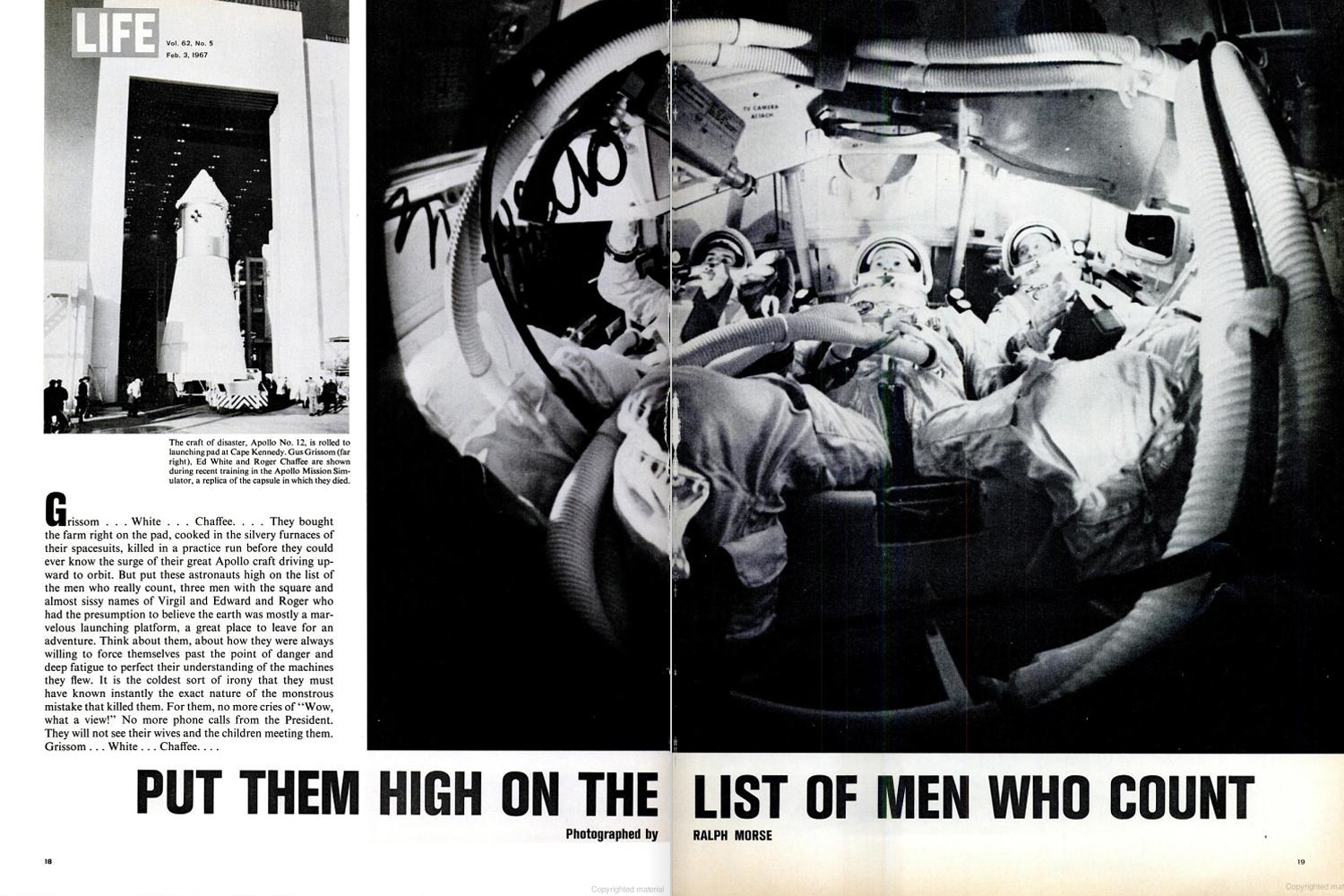
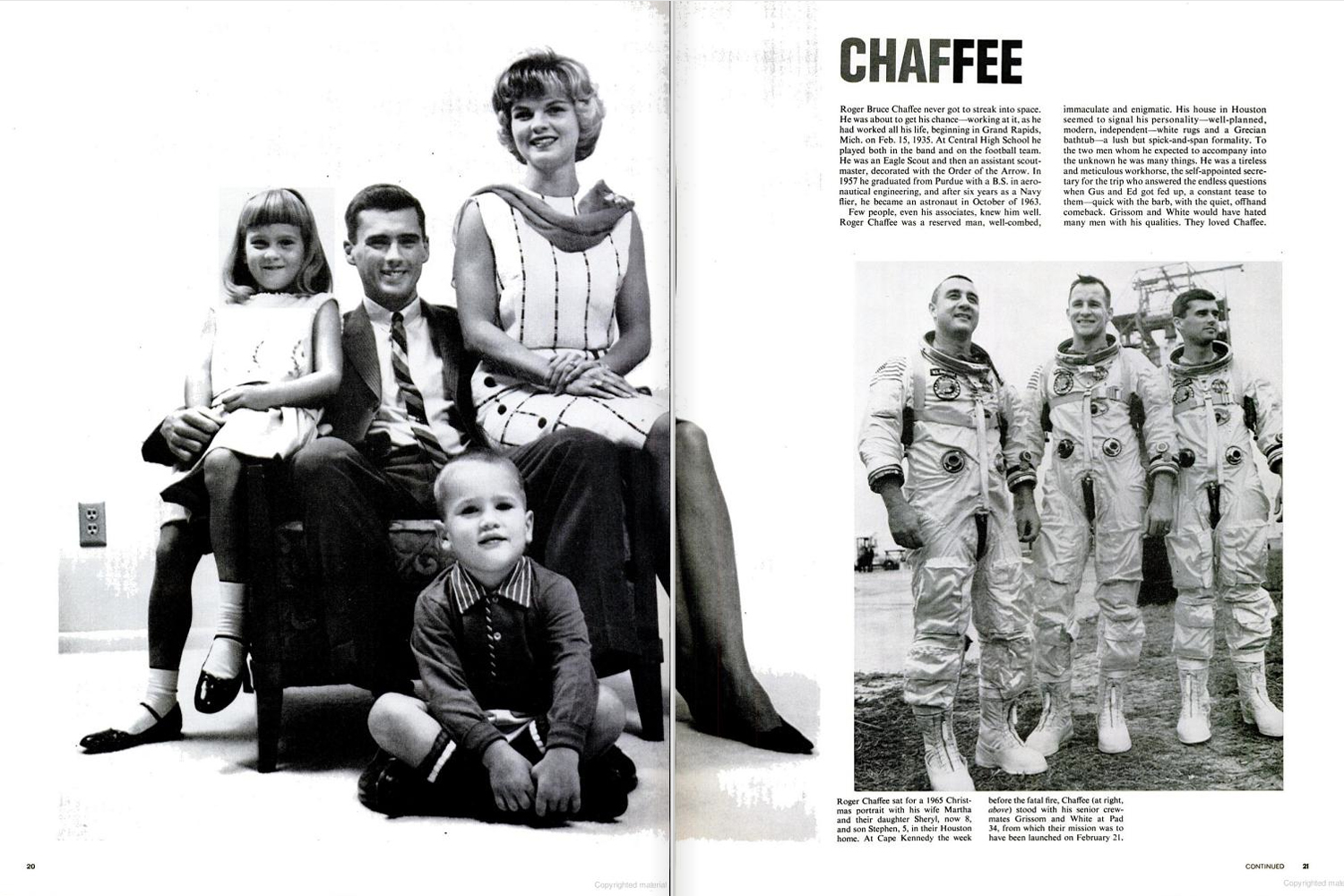



More Must-Reads from TIME
- Cybersecurity Experts Are Sounding the Alarm on DOGE
- Meet the 2025 Women of the Year
- The Harsh Truth About Disability Inclusion
- Why Do More Young Adults Have Cancer?
- Colman Domingo Leads With Radical Love
- How to Get Better at Doing Things Alone
- Michelle Zauner Stares Down the Darkness
Contact us at letters@time.com